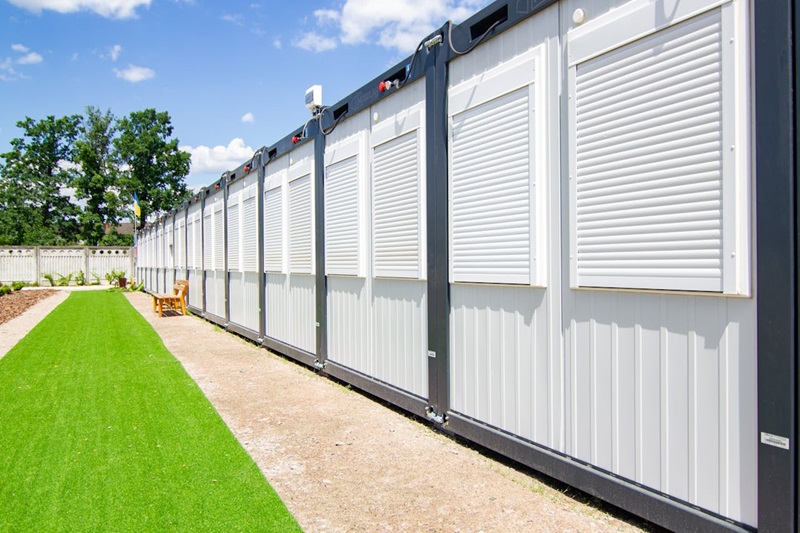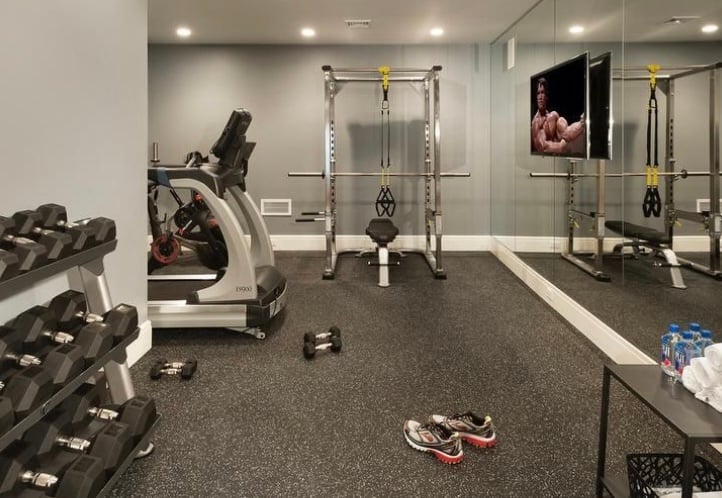Have you ever considered living in a container home? If the thought hasn’t crossed your mind, it might be time to reevaluate your preconceptions. A refreshing take on modern living, container homes are quickly becoming a new trend in architecture and design. Offering an interesting blend of practicality, cost-efficiency, and environmental responsibility, they’re proving to be far more than just recyclable shipping containers.
We will delve into the transformative world of container homes, unpacking what they are, why they’re becoming popular, and how they are challenging norms in the architectural world:
A Fresh Take On Architecture
Container homes repurpose steel shipping containers into livable spaces. They are a testament to the adaptability of materials, often combining multiple containers, architecture, and interior design techniques to create aesthetically pleasing, functional homes. These homes can range from minimalist one-container designs to expansive multi-container mansions, showcasing the adaptability and versatility of this architectural style.
The Environmental Angle
The real merit of a container home is in its sustainability. With millions of unused shipping containers worldwide, repurposing them into homes reduces waste and lessens the need for new construction materials. Thus, container homes significantly contribute to environmental conservation, aligning homeowners with a greener lifestyle.
Cost and Time Efficiency
Compared to traditional homes, container homes often require less time and money to build. The main structure is already available and intact, reducing construction time. Depending on the desired design and layout, they can be up to 50% cheaper than traditional housing, making them an attractive option for homebuyers on a budget.
The Flexibility Factor
Being highly modular, shipping containers lend themselves to a wide range of designs, sizes, and configurations. This enables homeowners to customize their homes in various ways, incorporating design elements that align with their personal tastes and lifestyle needs.
Resilience and Durability
Made of strong corten steel, shipping containers are built to endure harsh weather conditions, making them increasingly durable. With the right planning, these homes can last for decades with minimal maintenance.
Zoning and Permit Issues
The unconventional nature of container homes might attract regulatory hurdles depending on your local zoning laws. It is essential to research and understand the permits required before investing in a container home.
Insulation Problems
Despite their robust structure, container homes offer less natural insulation, requiring additional layers to maintain ambient temperatures. However, advancements in insulation technology are mitigating this issue.
Conclusion
While not without their challenges, container homes are an innovative and environmentally friendly housing solution. By melding functionality, cost-effectiveness, and eco-conscious design, these homes prove to be more than a passing architectural fad. If building a home that is uniquely yours while contributing positively to the environment is part of your plans, then a container home might just be the answer. As we continue to challenge traditional norms and strive for more sustainable living, one thing’s clear: the future of housing is as dynamic and versatile as a container home itself.




